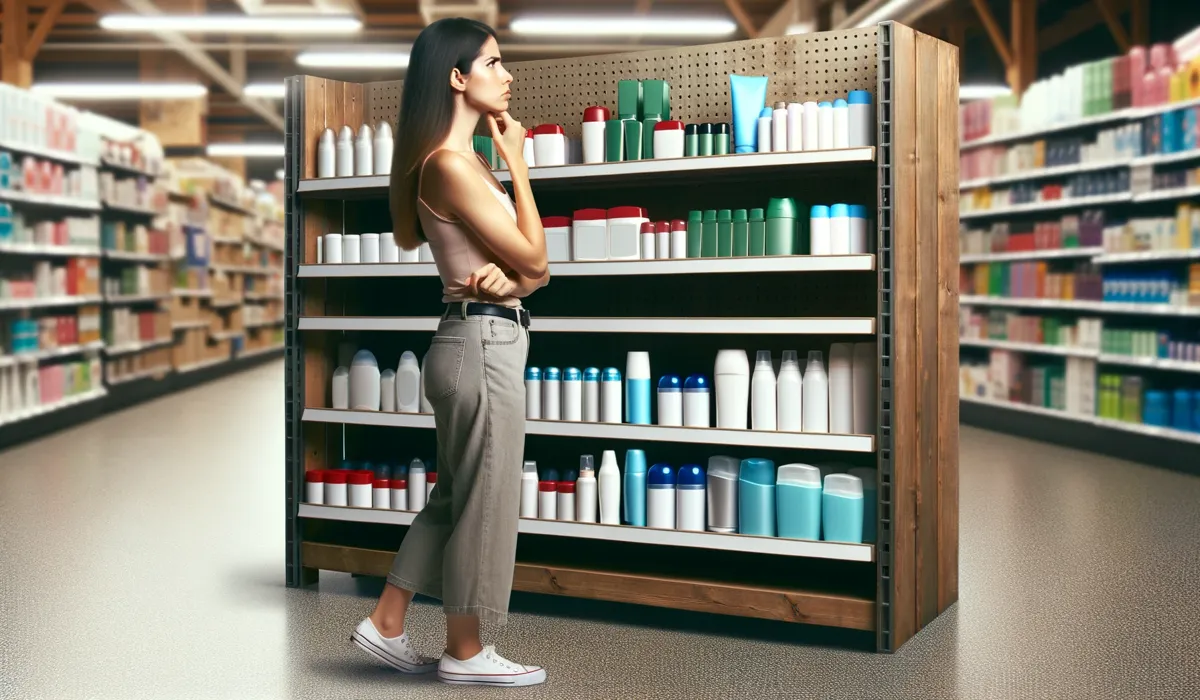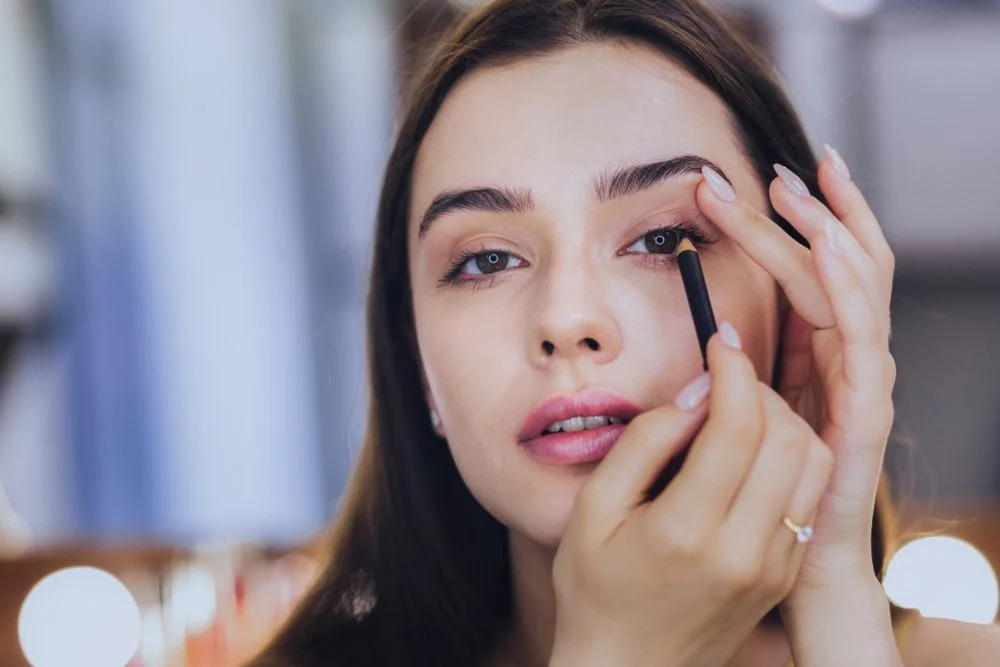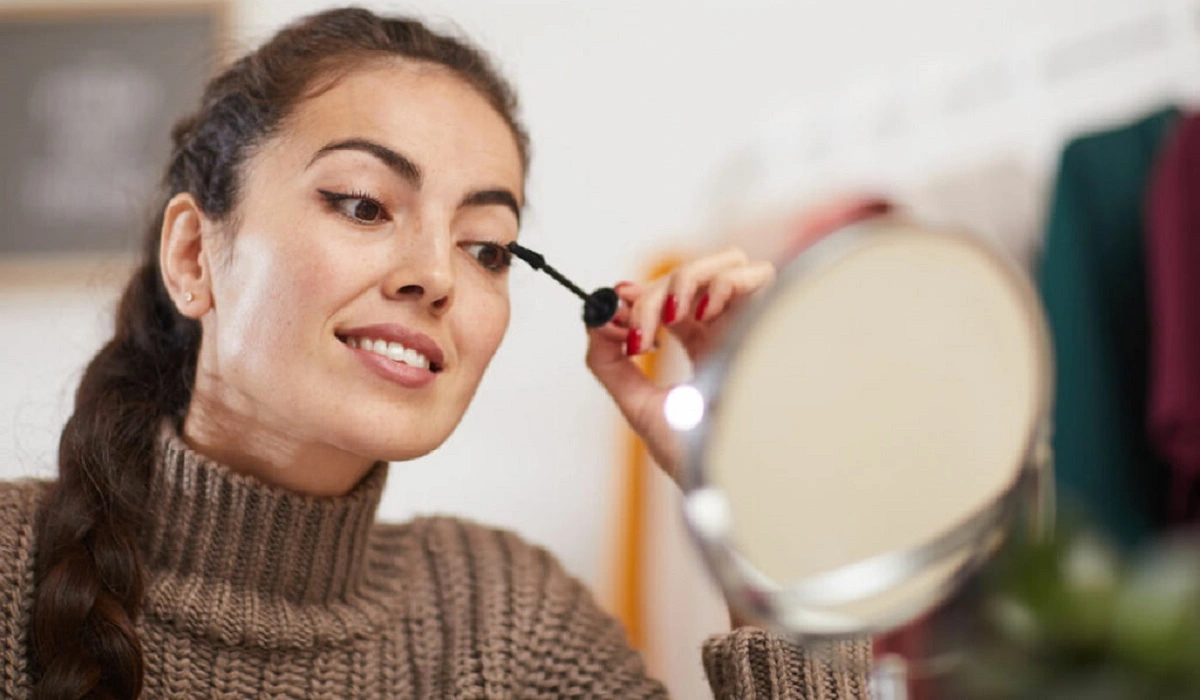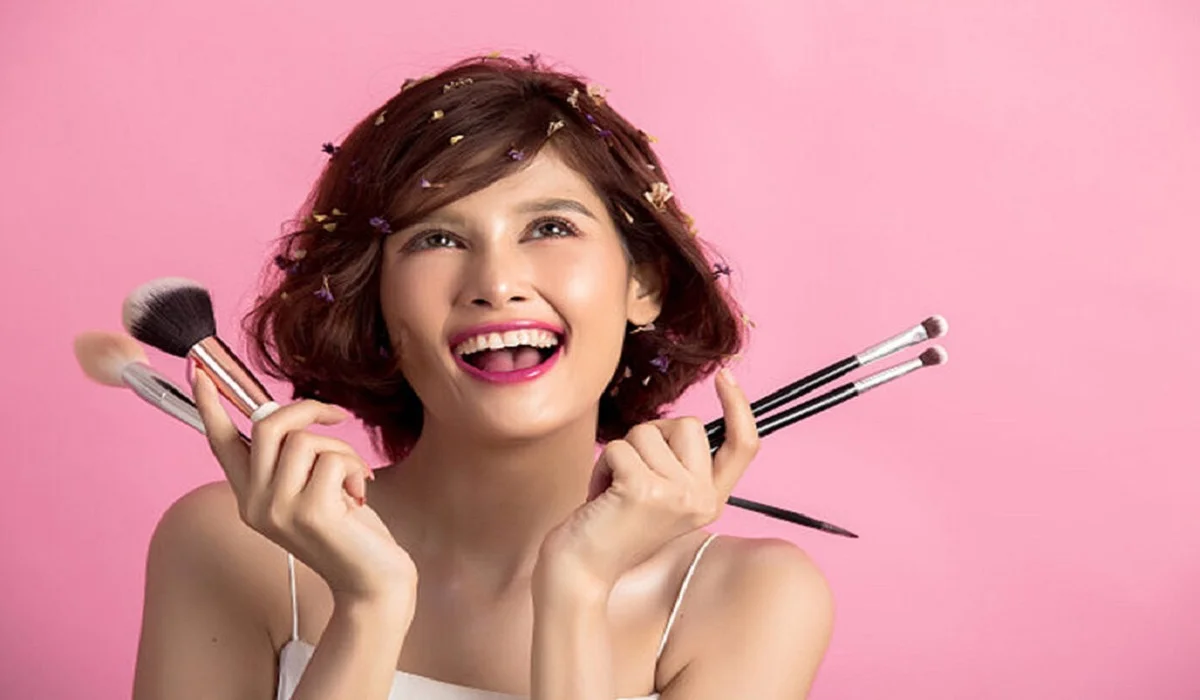Blackheads, those frustrating tiny black specks that frequently appear on our most noticeable areas like the nose, chin, and forehead, are a widespread concern for many individuals. Gaining an understanding of blackheads and the reasons behind their occurrence is the initial step towards effectively combating them. This guide is designed to provide you with the essential tools, knowledge, and advice needed to achieve and sustain a complexion free of blackheads, ensuring it remains radiant and healthy.
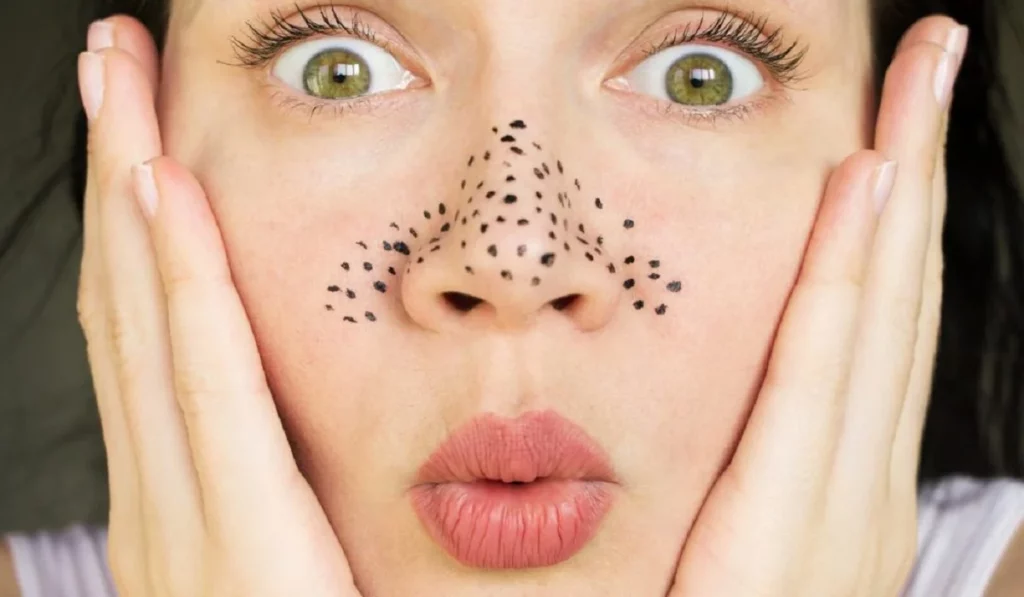
The Underlying Science of Blackheads
Known in medical terms as open comedones, blackheads develop when pores are blocked by a mix of sebum (skin oil) and dead skin cells. The exposure of this blockage to air leads to oxidation and turns it black, setting them apart from whiteheads. Grasping the origins of blackheads and the significance of sebum and dead skin cells in their development is key for their prevention and treatment.
Fundamental Skincare Practices for Preventing Blackheads
Preventing blackheads effectively hinges on a customized skincare routine. Essential steps include daily cleansing, consistent exfoliation, and appropriate moisturization. We will explore how these measures can avert the formation of blackheads and preserve skin vitality.
Advanced Treatments for Blackheads
For those in search of more profound solutions, advanced treatments like chemical peels, microdermabrasion, and laser therapy present promising outcomes. These procedures are instrumental in deeply purifying pores, eliminating dead skin cells, and diminishing blackheads’ visibility.
Over-the-Counter Options
A plethora of over-the-counter products are available for tackling blackheads, encompassing products with salicylic acid, retinoids, and masks containing charcoal or clay, each providing distinct advantages in the pursuit of clear skin.
Prescription Solutions
For cases that are more challenging, dermatologists might suggest prescription medications, including topical retinoids and oral alternatives. Recognizing when to resort to these options can significantly change the game for individuals battling persistent blackheads.
Dietary Influence on Skin Health
The connection between our diet and the condition and appearance of our skin is undeniable. This segment will delve into how dietary choices influence skin health, spotlighting foods to avoid and nutrients that foster a flawless complexion.
Lifestyle Adjustments for Enhanced Skin
In addition to skincare products and procedures, lifestyle aspects like hydration, managing stress, and the quality of sleep have substantial impacts on skin condition. Adopting positive lifestyle modifications can lead to remarkable enhancements in skin health.
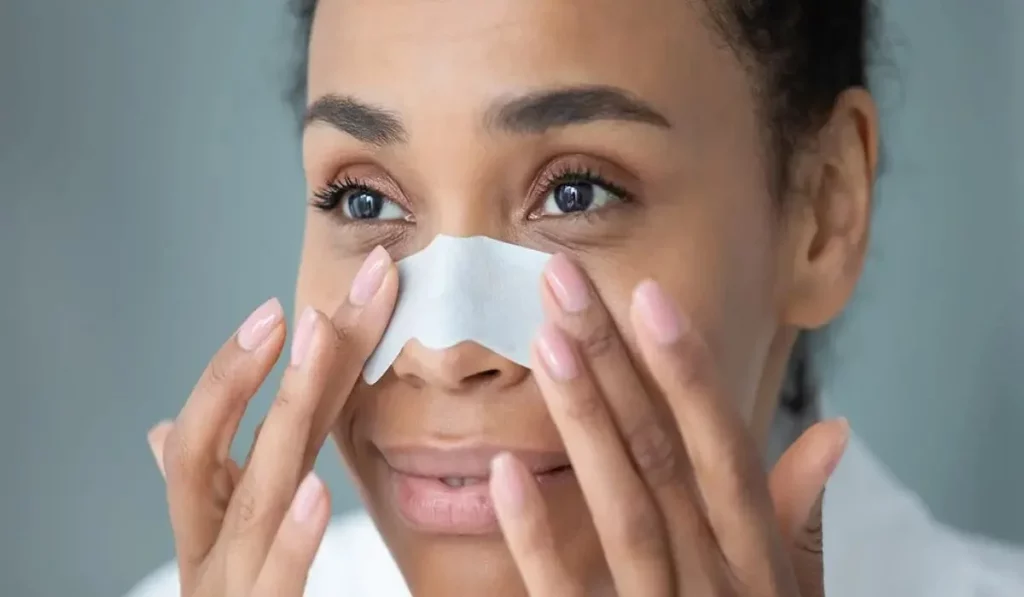
Home-based and Natural Solutions
For enthusiasts of natural and home-based methods, alternatives such as tea tree oil and DIY exfoliating scrubs can provide gentle yet effective means to manage blackheads.
The Crucial Role of Sun Protection
Sun protection is an indispensable aspect of any skincare regime, especially for those prone to blackheads. Selecting the appropriate sunscreen and comprehending its importance in preventing blackheads are crucial measures towards maintaining skin health.
Achieving a Complexion Without Blackheads
This segment will outline an all-encompassing strategy, detailing the vital products, practices, and tips for securing and keeping a complexion devoid of blackheads, customized to various skin types and issues.
Deciphering Your Skin Type
Customizing your skincare routine to your specific skin type is essential. This part of the guide will assist in identifying your skin’s unique requirements, guaranteeing the effectiveness of your selected products and methods.
Dispelling Myths and Presenting Facts on Blackheads
With abundant information accessible, it’s easy to stumble upon myths and misconceptions about blackheads. This section is dedicated to debunking common myths, offering precise information to inform your skincare choices.
Safely Extracting Blackheads
The correct extraction of blackheads is crucial to avoid skin damage. This discussion will cover the optimal tools, techniques, and safety measures for extracting blackheads, including instances when professional consultation is advisable.
Evaluating Popular Blackhead Removal Products
This review will scrutinize a variety of blackhead removal products, from strips to serums, aiding in making knowledgeable decisions about which might be most suitable for your skin type and concerns.
Crafting an Effective and Sustainable Skincare Routine
Developing a skincare routine that is both effective and manageable can be daunting. This step-by-step guide will navigate you through establishing a regimen that aligns with your lifestyle and aids in achieving your skincare objectives.
Preventing the Return of Blackheads
Sustaining a skin free of blackheads demands continuous effort. This concluding section will provide maintenance advice and recommendations on tweaking your skincare strategy as necessary to avoid the recurrence of blackheads.
Embarking on the journey to blackhead-free skin involves comprehending your skin, selecting suitable products and treatments, and making lifestyle adjustments. Armed with the right knowledge and tools, you can maintain a clear, healthy complexion that exudes confidence.
How frequently should I exfoliate to prevent blackheads?
Can one’s diet truly affect the formation of blackheads?
How effective are pore strips in removing blackheads?
What advantages do professional treatments have over home remedies?
What strategies can I employ to keep my skin free from blackheads over the long haul?

